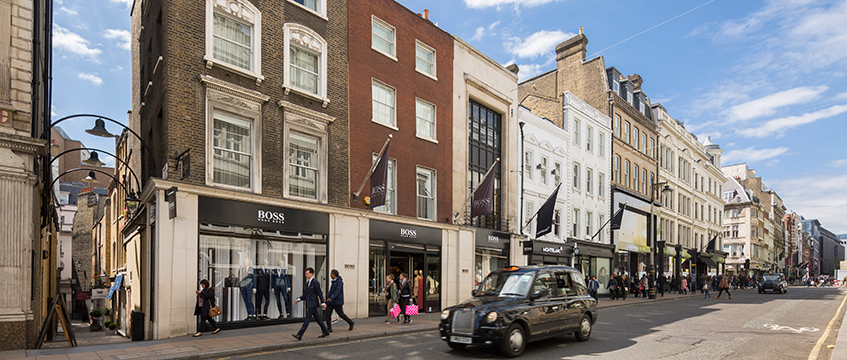Royal London Asset Management has created a UK property fund worth more than £2.7bn through the merger of two of its life funds.
The new fund will be open to new investment that will help to pay maturing policies from the life funds and prevent the portfolios of properties being broken apart.
In a first of its kind for the sector, it has merged the Cooperative Insurance Society Life Fund and the Royal London Long Term Fund – both under its management and each worth around £1.35bn – to create The Royal London UK Real Estate Fund.
As both life funds saw more and more policies maturing, they were at risk of taking their portfolios apart to pay the redemptions.
The merged fund will be open to new institutional investment to allow more cash in to replace that paid out, keeping the portfolios, which have been assembled over decades, intact.
Investors will be able to buy into the fund, which RLAM estimate will lose about £100m each year in redemptions, in £50m chunks.
Drew Watkins, senior fund manager at RLAM, says: “We wanted to keep the portfolio together to maintain the returns and find a way to pay policy-holders, so by putting it into this structure we can offer external investors a piece of the pie.
“In buying the units we can use that external capital to pay policy-holders as policies matures.
“For the existing holders it protects the return, as the portfolio stays together, but it also means the incoming investors, because it’s a fully seeded portfolio, get an immediate deployment of their capital and immediate access to returns in the portfolio.”
Watkins is the lead portfolio fund manager for the fund and Stephanie Hacking is the deputy portfolio fund manager.
According to Watkins, the fund has consistently outperformed the IPD benchmark.
The portfolios offer exposure to central London that many UK-based funds have been unable to access since the downturn due to the incredible weight of overseas capital hunting trophy assets.
Two-thirds of the portfolio is in prime central London, with key assets on Bond Street, Oxford Street, and Soho, all W1, Trafalgar Square, WC2, and St Paul’s, EC4.
However, the fund still has a broad focus across all major sectors and regions in its 96 direct and one indirect assets.
Due to it already being fully seeded, Watkins says there are three ways it will use cash coming in.
Firstly, it can be paid out to maturing policy-holders; secondly through its “significant” development pipeline and asset management; and thirdly through new acquisitions.
Watkins says it could be geared by up to 20% but there is not really any need to.
Life funds used to be some of the giants of the property industry, but as policies have matured and paying out increased, the sector has been in decline. This is the first time one has been opened up to maintain a portfolio and its returns.
Watkins says there has already been significant interest from investors, and that given the amount of interest seen so far, there could be more such offerings.
“We are heading out to Japan in a few weeks to meet a number of investors who are very keen to consider this,” he says.
“The ability to deploy very significant sums of money immediately into a UK -balanced fund of this quality is actually is a highly attractive offering and pretty rare.”
The Authorised Contractual Scheme tax structure will also allow eligible investors to be paid the income gross and be taxed in their home country, making tax management simpler.
Properties in the fund include 111-117 and 120-122 New Bond Street, W1, 103, 149-151 and 470-482 Oxford Street, W1 and 1-3 St Paul’s Churchyard, EC4.
“It’s one of these rare opportunities for a proper win-win” says Watkins. “The existing investors win and the new investors can also win.”
To send feedback, e-mail alex.peace@egi.co.uk or tweet @egalexpeace or @estatesgazette











